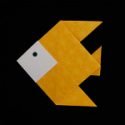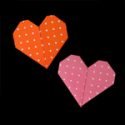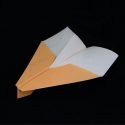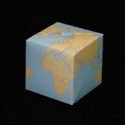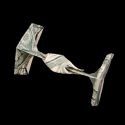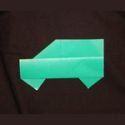Folding Bones
Folding bones (or bone folders) are great when you have a lot of paper to fold and your fingers are sore. These tools help fold, crease, and score paper.

Today, commercially available ones are made of plastic, Teflon, bamboo, or different types of wood.
There are many types and styles of bone folders on the market. Some are made of plastic while others are made of bamboo. Some are straight while others are curvaceous. Some have a sharp, crisp edge while others have a soft edge.

Folding Bones : Which is Best?
It is up to personal taste: some people don’t like the plastic bone folders because they feel harsh on the hands. Some people don’t like the wooden ones because they chip, dent, or crack when dropped. Some people don’t like the ones made of bone because, over time, they dry and become brittle. Some bone folders leave a residue, or a dirt mark, on the paper. There are pros and cons to each type of tool, you have to try a few to see which one you like best.
- buy folding bone from amazon.
- buy 3D printed bone folders here
Some artists prefer their origami models to have soft creases so they do not use bone folders at all. However, if you are folding a lot of origami then a bone folder will probably be a useful tool to have. This is especially true if you are making modular origami and simple folds are made repeatedly. You need not buy a bone folder, other household items can do the job just as well.
- the back of a metal spoon,
- a ruler,
- an old (or new) credit card, or
- a milk-jug bone folder.
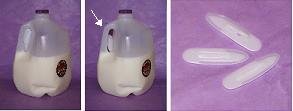
People who sew will be aware of another similar tool called a point turner which is used to turn sewing projects (collars, pockets, belts, etc) right-side-out. It can also be used to crease seams, or in this case, crease paper.
- see more origami tools
- go to site map
- Like Us on Facebook
Please Help
Please help by reporting broken links so that we can fix them. One easy message from you can save us hours and hours of clicking. Thanks!
-
More Origami Diagrams and Instructions…
-
These free origami instructions are made available to you by the paper folding community at large. If you have a diagram you would like to share, or if your diagram is listed here and you wish to have it removed, please Contact Us. Diagrams are intended for personal use. Copyright of the models lie with the origami creators and designers. Please contact the designer and/or creator directly for non-private usage of a model and/or artwork.









